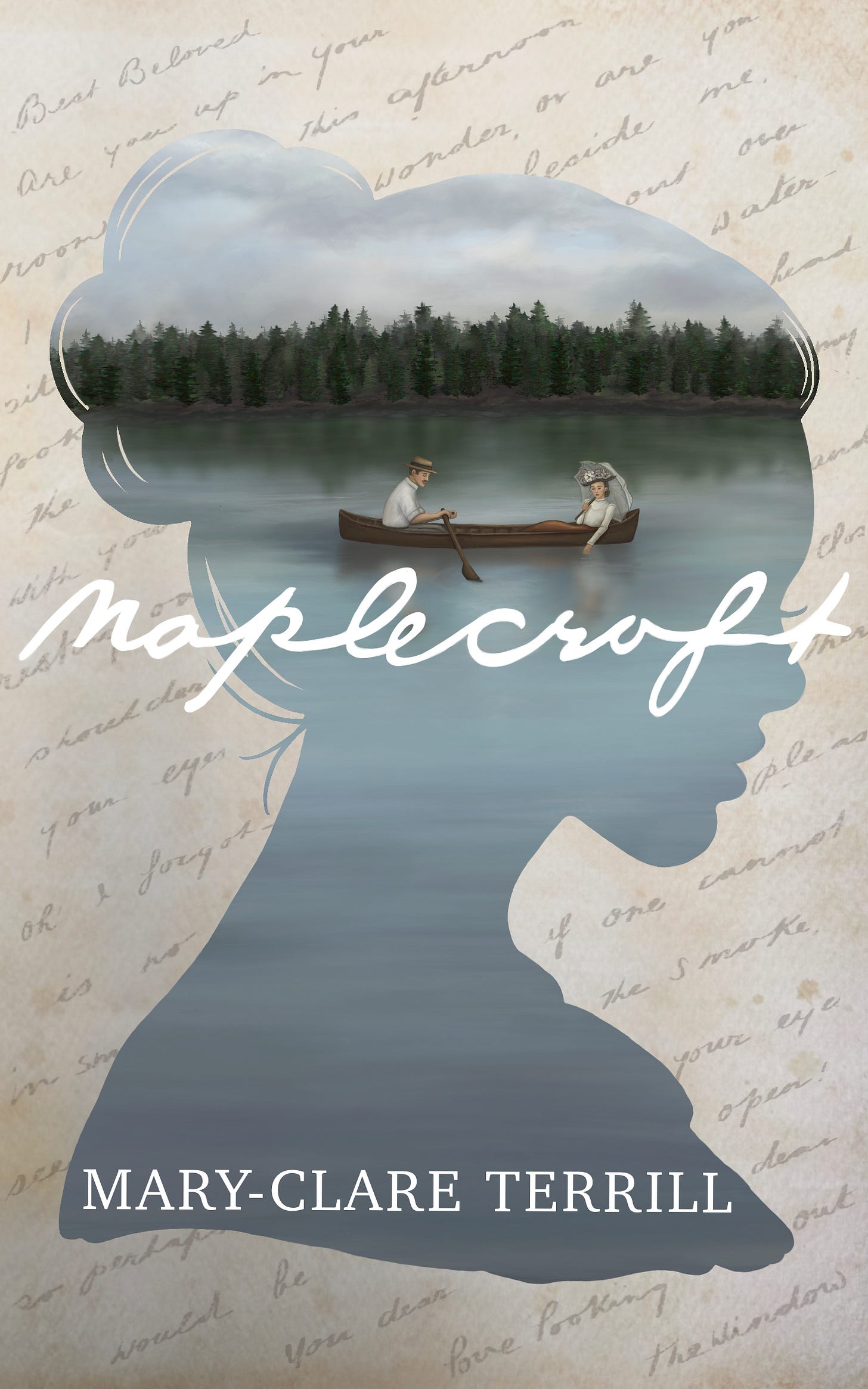Writing Updates
Podcast
Recently my interview with the Genre Fiction Podcast went live.* It was a great opportunity to talk about the writing process behind Maplecroft and to share some writing tips.
Here are the key take aways or talking points:
1. writing is rewriting
2. getting the right kind of feedback
3. resilience & getting comfortable with 'rejection'
4. time away from your project will give you perspective
5. manuscript readiness
6. appreciating the process
7. calling yourself a ‘writer’
8. remember why you write
9. let joy be at the centre of everything you do
*The interview is in two parts. Hear the first part by clicking on the audio above or by heading over to Genre Fiction Podcast.
Author Event

I absolutely delight in writing events! Last year, I left The Regional Writers Rise Festival, held in Traralgon, Gippsland, on such a high. Writers and readers are ‘my people!’
If you are in the area, come along and be a part of the fun! It should be an engaging and thought-provoking, fun-filled day.
As well as taking part in the Speed-Meet The Authors, I’ll also be there with some copies of Maplecroft to purchase and my signing pen at the ready. Come and say hi!
Reading Updates
Life has been so hectic lately (with study, work, children and writing in the cracks of time) that I have barely had time to read for pleasure. But I cannot express how much I am enjoying my current read, Normal People by Sally Rooney. Immediately immersive, I love the easy flow of the dialogue and the way the different perspectives speak each character’s ‘truth.’
Here are some lessons I have to share so far:
Dialogue
‘But you know, you blush at everything, you just have that complexion.
He gives a short, unhappy laugh. Thanks, he says,
Well, you do.
Yeah, I’m aware.
You’re blushing now actually, says Marianne.’1
The absence of quotation marks works so well here. The dialogue flows so nicely and it is always evident who is speaking. The tone is comfortable and natural, reflecting the ease of which Marianne and Connell interact with each other when alone together.
Time Shift
The chapters begin with a time shift: ‘Three Weeks Later,’ ‘Three Months Later,’ or some other shift in time. I find this is a really simple, yet useful, way to move the story forward, demonstrating a departure from the previous moment. Yet, there is always the underlying ongoing ‘history’ between Marianne and Connell and the expectation that their lives will intertwine.
Changing Perspectives
Examples of opening lines:
‘She’s in the garden, wearing sunglasses…’2
‘Connell doesn’t know anyone at the party…’3
‘Marianne gets in the front seat of Connell’s car…’4
The chapters interchange between Marianne’s and Connell’s perspective. This is established by immediately referencing the character whose perspective it is (see above). Each chapter is written in close third person narration, maintaining an external narrator while allowing the reader to see the story through either Marianne’s or Connell’s eyes. The perspective is further made apparent by the telling of the story, such as evidencing a character’s self-deprecating thoughts.
Emotion
Rooney further conveys emotion by having her characters engage in actions that represent the mood.
‘He presses his hands down slightly further into his pockets...’5 expresses a feeling of awkwardness, while ‘He closes his eyes, pushes his tongue against the roof of his mouth’6 is employed to convey embarrassment. Because these actions feel authentic (and not over-used) the reader remains connected to the story.
Share…
What have you been reading lately? What aspects of writing do you want to learn how to master?
Do you have your copy of Maplecroft yet?
Rooney, S. (2018). Normal People. Faber, p. 5.
Ibid., p. 58.
Ibid., p. 66.
Ibid., p. 82.
Ibid., p. 2.
Ibid., p. 6.





